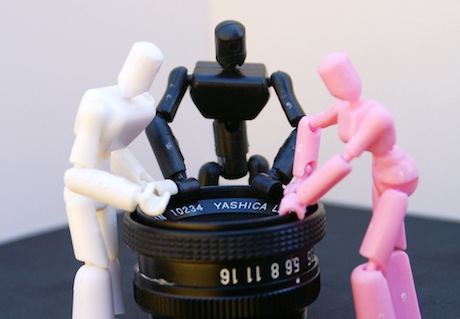The World’s Biggest Focus Group and How to Work It
Traditionally if a brand wanted to test a new campaign or product it might turn to in-store promotions, sampling activities and surveys, or it might organise a series of focus groups bringing people face-to-face to talk through their thoughts and opinions and gather valuable insights.
Now, in the social media age, it’s possible to cut out the legwork and project our new ideas online, utilising the immediacy and connectivity of Facebook® to formulate a virtual focus group, probably the world’s biggest and most efficient group imaginable.
With over 901 million users worldwide, the Facebook social graph is built upon hobbies and interests, demographics, geographic locations and other freely shared social data that to access less than 10 years ago would have been a rare, and expensive, marketing coup. Calculating the average user spends around 15 minutes a day logged in, that’s a lot of comment, shares, and Likes about very specific brands, product types, activities and entertainment choices that, with the right aptitude, can be collected, sifted and linked together to form a powerful body of revealing brand insights.
By cultivating a specific focus group on Facebook, brands are able to signpost consumers to the task in hand through engagement ads, offering the enticing and empowering prospect of ‘having their say’ over your future marketing strategy. They might typically sign up to receive an exclusive sample, answer a mini-questionnaire or be asked to Like something. Every subscription, check-in or Like then appears, helping to send the campaign viral. In just the same way traditional focus groups do, all participants can interact with each other, creating a real dialogue about your product among a group of engaged customers.
Meanwhile, due to public information users share on Facebook, such as age range, gender and location, brands are able to target users and utilise this data in the next phase of their campaigns.
In studying this big data it’s possible to uncover some startling, often left-field brand insights that a traditional focus group might never have picked up and some surprising correlations between consumers and brands. These can be used to widen a brand's target audience to include people they had previously ignored. Sometimes they reaffirm a brand's targeting strategy, but provide additional information about other things that group really likes. All the while shrewd marketers will be uncovering fresh formulas to inform and elevate their brand to new heights of advertising success.
If the brand is fully open to accept and act upon these insights, it stands to gain a better understanding of its brand composition and levels of audience responsiveness, enabling it to target against these interests next time. Careful scrutiny of future campaign performance data will discover which interest groups performed the best across specific audience segments, and could result in a complete shake-up of creative concepts and future media placements across all channels.
Of course Facebook isn’t the only way to dig down to this level. Third party data management platforms like Lotame can also generate audience insights which might be segmented by criteria such as income, social influence or technology know-how. Lotame’s data can also reveal unexpected intersections of interests.
For example, through partnering with the demand-side platform experts MediaMath, Lotame discovered that tech fans and gadget geeks who regularly discuss the latest smartphones or video games online are apparently 10 times more likely to be interested in music and music products than the average consumer. Another, more bizarre insight was that football fans are, on average, three times more likely to be interested in investment products than the rest of the population. Fascinating stuff, isn’t it?
Other systems use ‘ownership signals’ - indicators that a person actually owns a particular brand of product - to identify those most likely to be in the market for an upgraded product, accessory or a competitor product. Using this technology a furniture retailer was able to discover that their website attracted a disproportionate number of consumers who also wanted to buy a high-definition TV.
The point to remember is systems like these each rely on third party data and results are subsequently derived from a lot of supposition and guess work. No one actually ticked a box that said, "I am interested in an HD TV – please contact me," or told the brand which of their friends may also want a similar product. Not like they do on Facebook…
Every time someone namechecks their favourite fashion brands, drinks or pastimes, they are helping switched on marketers to find them. It’s then the marketers’ job to draw down the insights across diverse categories and join up the data dots, giving their next ad campaign more context for people on Facebook.
As with any focus group, this is no small undertaking and brands need to allocate time and resource into nurturing the data and properly analysing the results, but by bringing consumers into the decision-making process a network of brand advocates, or super-users, is born and what value should any brand place on that?
Facebook® is a registered trademark of Facebook, Inc.
Photo (cc) Steve Harwood



